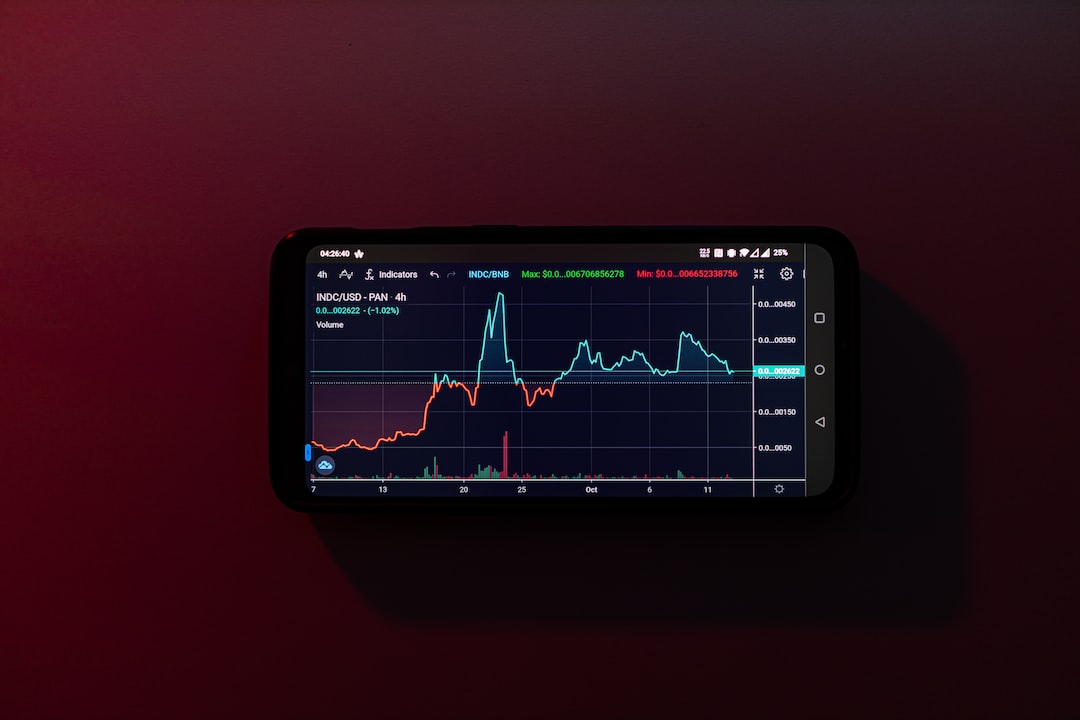Automating Your Crypto Trading with Python Scripts: A Step-by-Step Guide
Cryptocurrency trading can be a time-consuming and emotional process. Monitoring the market, analyzing trends, and executing trades can take up a significant amount of your time. However, with the help of Python scripts, you can automate many aspects of your crypto trading, saving you time and reducing the impact of emotions on your decision-making process. In this article, we’ll guide you through the process of automating your crypto trading with Python scripts.
Getting Started with Python for Crypto Trading
If you’re new to Python, don’t worry. You don’t need to be a programming expert to start automating your crypto trading. Python is a popular programming language known for its simplicity and readability. It’s widely used in the finance and trading industries due to its versatility and extensive libraries for data analysis and automation.
To get started, you’ll need to install Python on your computer. You can download the latest version of Python from the official website and follow the installation instructions. Once you have Python installed, you can start writing and running your own scripts for crypto trading.
Choosing a Cryptocurrency Exchange API
Most cryptocurrency exchanges offer an API (Application Programming Interface) that allows developers to interact with their platform programmatically. This means you can use Python scripts to access real-time market data, execute trades, and manage your account without having to log in to the exchange’s website.
Before you start writing your Python scripts, you’ll need to choose a cryptocurrency exchange that offers an API that meets your needs. Some popular exchanges with robust APIs include Binance, Coinbase Pro, Kraken, and Bitfinex. Take some time to research each exchange’s API documentation and consider factors such as supported markets, rate limits, and authentication methods.
Writing Your First Python Script for Crypto Trading
Once you’ve chosen a cryptocurrency exchange with an API that suits your requirements, it’s time to write your first Python script for crypto trading. To get started, you’ll need to install the appropriate library for interacting with the exchange’s API. For example, if you’re using Binance, you can install the `python-binance` library using pip:
Next, create a new Python file in your preferred code editor and import the necessary libraries at the beginning of your script:
import pandas as pd
import time
Using the `ccxt` library, you can easily connect to various cryptocurrency exchanges and access their APIs using a unified interface. The `pandas` library is helpful for data analysis and manipulation, while the `time` module allows you to incorporate time-based functionality into your script.
Implementing Trading Strategies with Python
With your initial setup complete, it’s time to implement trading strategies in your Python script. Whether you’re interested in trend following, mean reversion, or momentum trading, Python provides a wide range of tools for backtesting and implementing trading strategies.
You can use historical price data retrieved from the exchange’s API to backtest your trading strategy and optimize its parameters. Once you’re satisfied with the performance of your strategy in backtesting, you can deploy it in live trading by automating buy/sell orders based on predefined conditions.
Risk Management and Monitoring
Risk management is crucial in crypto trading automation. You should incorporate risk management rules into your Python script to protect yourself from significant losses. This could include setting stop-loss orders based on price movements or limiting position sizes based on account equity.
In addition to risk management measures, it’s important to monitor the performance of your automated trading system regularly. By logging trade execution details and performance metrics such as win/loss ratio and average trade duration, you can evaluate the effectiveness of your strategy over time.
Frequently Asked Questions (FAQs)
Q: Do I need a strong background in programming to automate my crypto trading with Python?
A: While a basic understanding of programming concepts will be helpful, it’s not necessary to have an advanced background in programming. There are plenty of resources available online that can guide you through the process of writing Python scripts for crypto trading.
Q: Can I run my Python scripts 24/7 for continuous automated trading?
A: Yes, once you’ve written and tested your Python scripts for automated crypto trading, they can be deployed on a server or cloud-based platform that allows continuous execution. However, it’s important to monitor their performance regularly and make adjustments as needed.
Q: Are there any risks associated with automating my crypto trading with Python scripts?
A: Like any form of automated trading, there are risks involved in using Python scripts for crypto trading. It’s essential to thoroughly test your scripts in simulated environments before deploying them in live trading to minimize potential risks.
Q: Can I use machine learning algorithms in my automated crypto trading strategies?
A: Yes! Machine learning algorithms can be incorporated into automated crypto trading strategies using Python. By leveraging historical market data and advanced statistical techniques, machine learning models can help identify patterns and make informed decisions.
In conclusion,
Automating your crypto trading with Python scripts offers numerous benefits such as saving time, reducing emotional bias, and enabling systematic risk management. By following this step-by-step guide and leveraging the power of Python libraries and cryptocurrency exchange APIs,





 By
By
 By
By
 By
By
 By
By
 By
By
 By
By